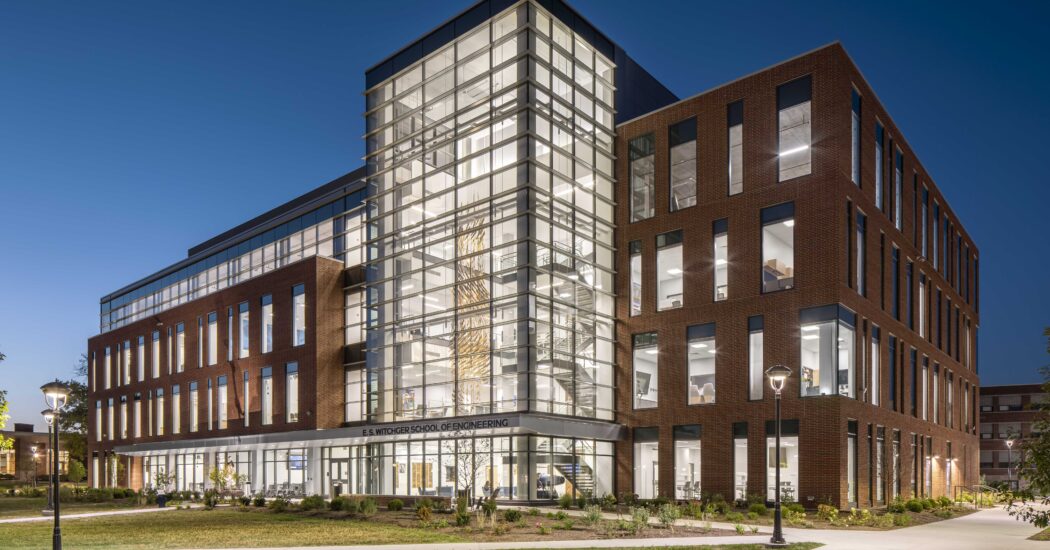Building Sustainability Creates Neighborhood Sustainability
-
Category
Studio-Higher Ed -
Posted By
Sarah Hempstead -
Posted On
Nov 18, 2013
There are many arguments for designing sustainable buildings, varying from preserving resources to lowering operational costs. But what about the larger impacts of sustainability? How can individual initiatives become catalysts for long-term overarching sustainability?
When Ivy Tech Community College’s Central Indianapolis Campus hired Schmidt Associates to create a Campus Master Plan in 2007, the goals were simple. The plan should serve the exploding student population, unify the campus, create a college atmosphere, and provide for student safety.
For the neighborhood around the campus, however (full of underutilized housing and abandoned businesses), the goals were slightly different. The neighbors wanted neighborhood history and features preserved, the creation of a defined campus edge, safety for all, and for the campus itself to act as a neighborhood asset.
The final Master Plan evolved to accomplish both College and neighborhood objectives. New educational spaces were created within abandoned and underutilized buildings. Featuring regional materials, sophisticated and highly energy efficient HVAC systems (including VRV and VRF systems), bike racks, bus stops, and green cleaning initiatives, the buildings themselves were designed to be “green”. Perhaps more importantly, they were designed to enhance overall neighborhood sustainability through the inclusion of: community spaces, meeting rooms, restaurants, etc.—all explicitly designed to invite residents, local businesses, organizations, and more onto campus. This simultaneously filled a void in the neighborhood fabric, while rebuilding a positive town/gown (community/university) relationship.
In quick progression, sustainable initiatives sparked by the Master Plan—and kindled by the enhanced town/gown relationships—started to literally flow through the neighborhood. At the southern edge of the campus (bordered by Fall Creek), the Master Plan conceptualized the creation of a science corridor—integrating outdoor classrooms, gardens, and art. Inspired, local leaders connected and made the science corridor a feature volunteer project for the Lilly Day of Service and IndyDoDay. As a result, more than 5,000 volunteers cleaned the creek banks, built outdoor classrooms and gardens, and planted native vegetation. The net result was more than $1M of volunteer labor to beautify and stabilize both the campus and the neighborhood.
All together, the true Master Plan sustainability was much more than simple savings on a utility bill. As the college continues to grow and partner (with neighborhood charter schools, neighbors, community foundations, artists, small businesses, and volunteers), Ivy Tech is creating a sustainable place and a vibrant community to call home.








